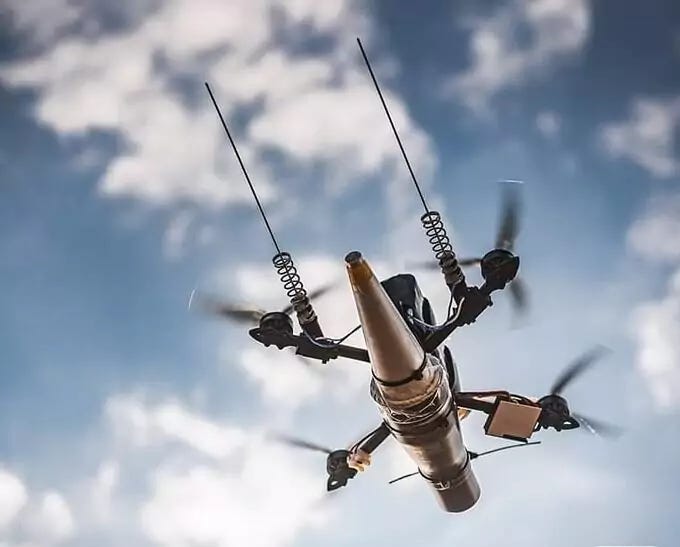
In the fall of 1864, Robert E. Lee had to adapt—again. Early in the Civil War, he realized that his temperamental caution was not sufficient to the situation he faced as a commander of Confederate forces. (His troops mocked him as “King of Spades” for the alacrity with which he ordered them to literally dig into a defensive crouch.) But beginning in 1862, Lee changed his stripes in a string of audacious offensives—the Peninsula Campaign; the Second Battle of Bull Run; Fredericksburg; Chancellorsville (a masterpiece of calibrated risk and maneuver), and then Gettysburg, which came within a hair’s breadth of blowing open a hole to Philadelphia and New York. In part, he was able to do this because he overcame deficits of resources by thoroughly outwitting his Union opponents. But once Abraham Lincoln put Ulysses S. Grant in charge, Lee recognized he would now have to play a different game. He once again played his hand skillfully, reverting from offense back to defense in what became a war of attrition. It took months, not days or weeks, for Grant to dislodge him from Petersburg, Virginia, which finally opened the route to Richmond and ultimate victory. And in those months, the Civil War came to look a lot like World War I: a ghastly landscape of miserable trenches.
The American Civil War is often called the first modern war because of a series of technologies that would feature prominently in wars that followed: rail and telegraphy, ironclad ships, and early forays into submarines and aviation. These are among the reasons why foreign military observers came to America to witness what they correctly believed would be a preview of future wars. In particular, the Gatling Gun—an early version of the machine gun—pointed the way to similar technology that allowed the British to utterly dominate the Sudanese in the Mahdist War at the end of the nineteenth century and the Japanese to unexpectedly wallop the Russians in the Russo-Japanese War of 1904-5. By the outbreak of the First World War in 1914, armed conflict had settled into the ruts first dug by Lee’s forces at Petersburg. (The rise of the tank, combined with aerial bombing, would change the equation again, and make World War II very different than World War I in this regard, but that’s another story.)
These thoughts came to mind when I read a story published in The Atlantic earlier this week on how Ukraine, despite the fecklessness of the Trump administration, has managed to hold its own in its war against Russia so far this year. The reason is that the Ukrainians are less economically and technologically dependent on the U.S. than they used to be, thanks to the use of drones that have dramatically changed the theater of operations. When the conflict began in 2022, it resembled the defensive style of the First World War. But now that’s changed. “Drones now guide artillery, deliver payloads, resupply units, and even map out minefields, reporter Nataliya Gumenyuk explains. “They’re fast, cheap, adaptable—and built right at home.” Russians, of course, have begun using drones as well: if you can’t beat ’em, join ’em.
One can only imagine that these facts are making an impression on military planners at the Pentagon. The problem is that they face contractors and the members of Congress who are taking campaign contributions and seeking to create jobs by building aircraft carriers and precision bombers that are a lot more potentially lucrative—and costly to taxpayers—than drones. Military history is replete, from at least the time of the Great Wall of China, of rich and powerful nations who have fallen at the hands of more resourceful and nimble opponents. Make no mistake: what’s happening in Ukraine has opened a window to where war goes from here.
Robert E. Lee made a number of bad choices in his life, among them enslaving people and choosing the wrong side in the Civil War. But an inability to see the battlefield as it was wasn’t one of them. We would do well to recognize the power of his example.


